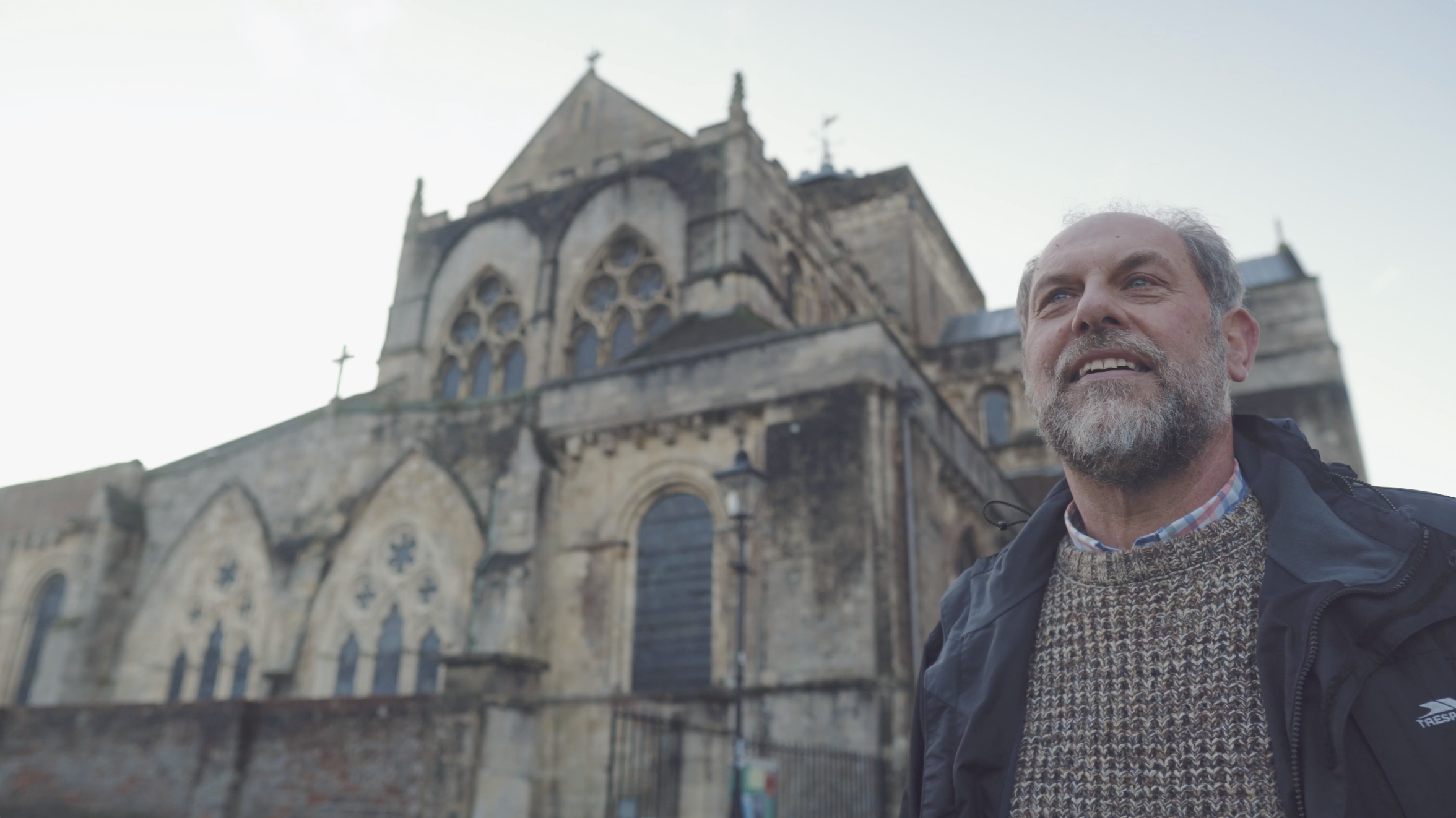
02 Jul How can citizens’ assemblies help residents tackle local issues?
A few months ago, we spent time with three citizens’ assembly participants, each from a different part of the country. Our aim was to understand their experiences, and provide a context to the issues being addressed in each assembly – in this case, the redevelopment of their respective town / city centres.
A citizens’ assembly brings together a demographically-representative mix of people, to consider a public issue in depth over multiple days and meetings. The aim is to better inform and contribute to local and national government policy-making.
There’s been much interest in citizens’ assemblies over the last couple of years, with various high profile assemblies being used to navigate some otherwise polarising issues around the world. So last year, the Innovation in Democracy Programme – established by the Department for Digital, Culture, Media and Sport (DCMS) and the Ministry of Housing, Communities, and Local Government (MHCLG) – supported three local authorities to run pilot citizens’ assemblies. These are the places we visited.
Our resulting film appears alongside the citizens’ assembly handbook on The RSA and Involve‘s websites, and the evaluation report published by Renaisi, which were both published yesterday.
Although social distancing means large meetings like these are less possible for the foreseeable future, citizens’ assemblies have started to adapt, and some, such as the Climate Assembly UK, are already taking place online.


